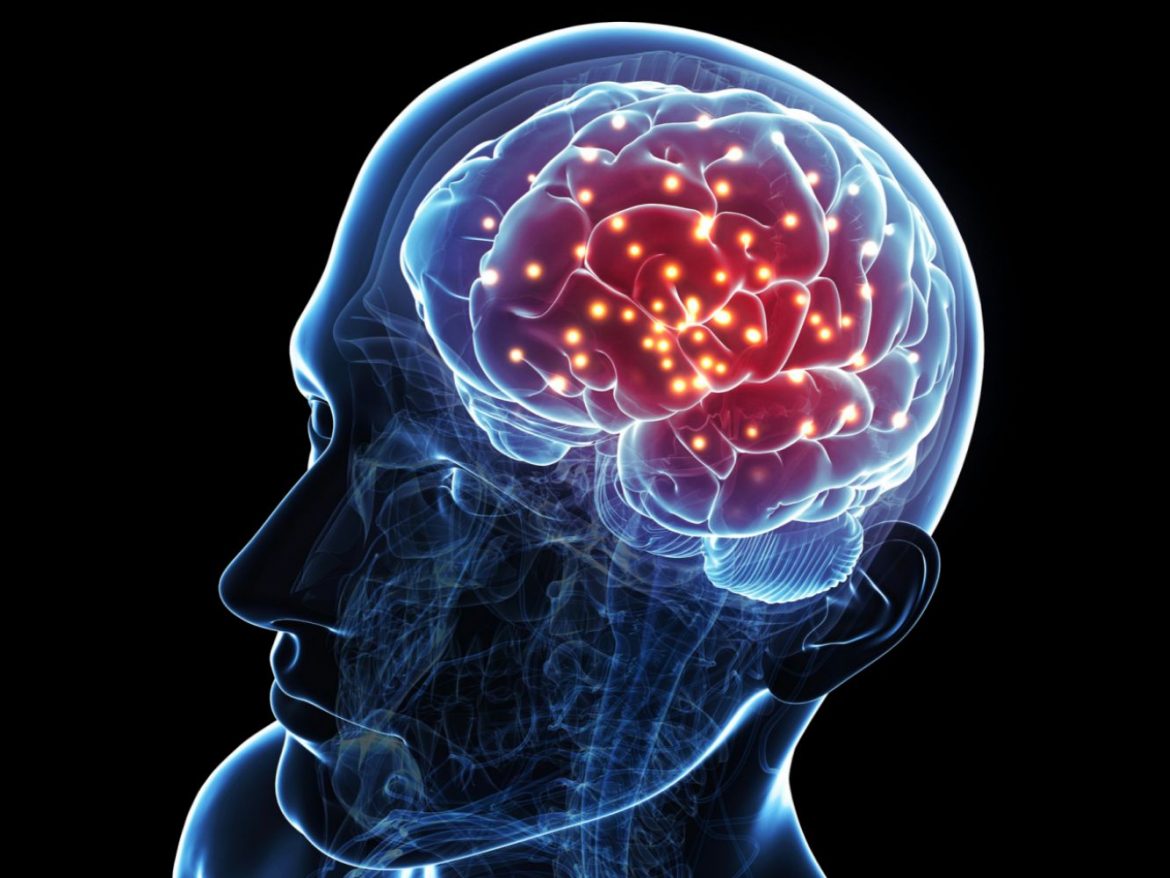According to researchers, a tiny gadget that monitors food craving-related brain activity in a crucial brain region and responds by electrically stimulating that region showed promise in a preliminary clinical study in two patients with loss-of-control binge eating disorder (BED). The research, detailed in an article published today in Nature Medicine, tracked the two patients for six months as an implanted device similar to those used to treat drug-resistant epilepsy monitored activity in a brain area known as the nucleus accumbens. The nucleus accumbens is engaged in pleasure and reward processing and has been linked to addiction.
When the gadget detected nucleus accumbens impulses that had previously been shown to predict food cravings, it automatically activated that brain area, interrupting the craving-related signals. Patients reported much fewer binge episodes and weight loss after six months of therapy. “This was an early feasibility study in which we were primarily assessing safety,” said study senior author Casey Halpern, MD, an associate professor of Neurosurgery and chief of Stereotactic and Functional Neurosurgery at Penn Medicine and the Corporal Michael J. Crescenz Veterans Affairs Medical Center.
BED is thought to be the most widespread eating disorder in the US, affecting at least a few million people. It is characterised by repeated binge-eating episodes without the purging of bulimia and is frequently connected with obesity. The bingeing person has a sense of losing control over eating, therefore he or she continues to eat past the point of feeling satiated.
Cravings for certain desirable meals precede BED episodes. Halpern and colleagues discovered evidence that specific low-frequency electrical activity in the nucleus accumbens emerges shortly before these cravings – but not before regular, non-binge eating – in a 2018 research using mice and people.
BED is thought to be the most widespread eating disorder in the US, affecting at least a few million people. It is characterised by repeated binge-eating episodes without the purging of bulimia and is frequently connected with obesity. The bingeing person has a sense of losing control over eating, therefore he or she continues to eat past the point of feeling satiated.
Cravings for certain desirable meals precede BED episodes. Halpern and colleagues discovered evidence that specific low-frequency electrical activity in the nucleus accumbens emerges shortly before these cravings – but not before regular, non-binge eating – in a 2018 research using mice and people.
The researchers activated the nucleus accumbens in mice to disrupt craving-related activity whenever it happened and discovered that the mice ate considerably less of the delectable, high-calorie meal they would usually gorge themselves on.
The gadget used by the researchers to capture signals from and stimulate the mice’s brains is commercially accessible and authorised for the treatment of drug-resistant epilepsy.
It is surgically implanted beneath the scalp, with wires extending through the skull to each hemisphere’s nucleus accumbens. The current study was a preliminary test in human volunteers using the same equipment and method. Halpern’s team implanted brain-stimulation devices in each of two highly obese BED patients and collected signals from the implants for six months.
At times, the patients were in the laboratory, where they were served buffets of their favourite meals (fast food and sweets were popular), but for the most part, they were at home going about their normal lives. The researchers were able to videotape the patients’ binge-eating episodes in the lab, and the patients self-reported the times of their episodes while they were at home.
As with their previous study, the investigators saw a characteristic low-frequency signal in the nucleus accumbens seconds before the patients’ first bites of their binge meals.
When low-frequency craving-associated signals were detected, the brain-stimulation devices automatically provided high-frequency electrical stimulation to the nucleus accumbens.
During the six-month period, the patients reported significant decreases in their feelings of loss of control and the frequency of their bingeing episodes; they also lost an average of 11 pounds. One of the participants improved to the point that she no longer fit the criteria for binge eating disorder.
There did not appear to be any significant negative side effects.
“This was a magnificent instance of how translational science may function in the best of situations,” said Camarin Rolle, PhD, a postdoctoral researcher in Halpern’s lab.
Also read: Researchers have discovered that respiratory infections cause tremendous stress on cells and organs
The researchers have extended the individuals’ follow-up for another six months and have begun enrolling new patients for a wider trial. They point out that, in theory, the same treatment technique might be used for other loss-of-control-related diseases, such as bulimia.
Follow Medically Speaking on Twitter Instagram Facebook





